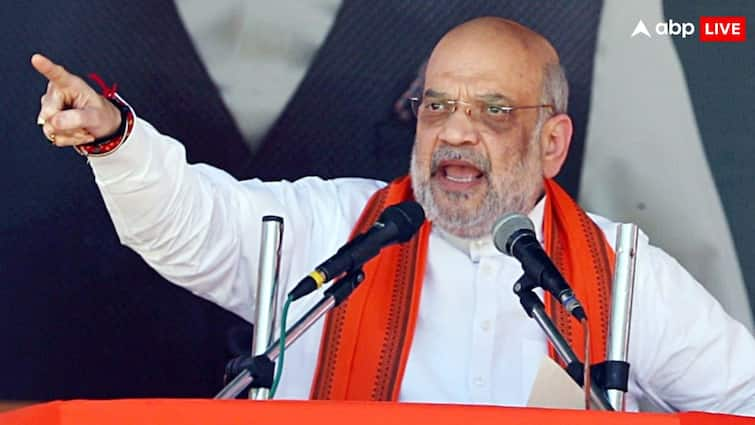Show Quick Read Key points generated by AI, verified by newsroom When you start earning, the excitement of getting your first pay cheque is unmatched. In the beginning, it’s natural to spend those first few salaries on things you’ve long wanted. Soon, however, the thought of saving and investing for the future takes hold. Most new earners start cautiously, putting their money in instruments that promise assured returns. While this is a wise instinct, your early working years are also the best time to take calculated risks.
Fixed deposits (FDs) have been a trusted choice for generations. Their appeal lies in capital safety and predictable returns. But in today’s fast-changing financial world, relying only on FDs can limit your wealth creation journey. With inflation rising, your money needs to grow faster to keep pace with living costs. To build real wealth, make your money work harder - prudently, not recklessly.
A balanced mix of safe and growth-oriented investments can help you achieve that. Mutual Funds Mutual funds are one of the simplest ways to start investing and grow your money. Fund managers pool money from many investors and invest it in stocks, bonds, or both. You can start with as little as Rs 500 a month through a Systematic Investment Plan (SIP). Over the long term, equity mutual funds have delivered around 10–12 per cent annual returns, compared to 7-8 per cent from FDs.
For instance, if you invest Rs 5,000 monthly in an SIP for 10 years at an average 11 per cent return, you’ll have about Rs 10. 90 lakh, almost double of what a 6. 5 per cent FD would yield, which is approximately Rs 5. 43 lakh. That’s the power of compounding and consistency working together.
Public Provident Fund (PPF) If you prefer a government-backed, tax-free option, the Public Provident Fund (PPF) fits the bill. It currently offers 7. 1 per cent interest (as of 2025) and enjoys EEE status - your investment, interest, and maturity proceeds are all tax-free. The lock-in period is 15 years, though partial withdrawals are allowed after the 7th year. You can invest up to Rs 1.
5 lakh annually. A yearly contribution of Rs 1. 5 lakh for 15 years at 7. 1 per cent compounds to roughly Rs 40 lakh, proof that disciplined saving can build long-term wealth. National Pension System (NPS) The NPS combines equity and debt exposure, letting you choose your preferred risk level.
Returns typically range between 8-10 per cent annually, outpacing FDs. Contributions also qualify for an additional tax deduction of up to Rs 50,000 under Section 80CCD (1B). Equity Investments Investing directly in equities may seem intimidating at first. But with research, discipline, and time, equities can deliver unmatched growth. Over the last decade, the Nifty 50 has grown at an annualised rate of around 12 per cent.
You don’t need large sums to start, investing even Rs 1,000 a month in quality stocks can create meaningful wealth over time. Real Estate Investments Real estate remains a preferred long-term investment in India, offering both appreciation and rental income. While buying property requires substantial capital, it can serve as an effective inflation hedge. For younger investors, Real Estate Investment Trusts (REITs) offer an easier entry. They let you invest in property-backed assets without the need to buy physical property.
Gold ETFs Indians love gold, but storing it physically comes with costs and risks. Gold Exchange Traded Funds (ETFs) offer a convenient, paperless way to invest, allowing you to buy and sell gold units on the stock exchange just like shares. They track domestic gold prices closely and provide easy liquidity without storage worries. Investing isn’t about chasing the highest returns. It’s about making consistent, informed choices.
Start small, automate your savings, and diversify across assets. Align your investments with your goals and time horizon. FDs have their place in a portfolio, but to truly grow your wealth, it’s essential to explore other options. (The author is the CEO at BankBazaar. com.
This article has been published as part of a special arrangement with BankBazaar).








